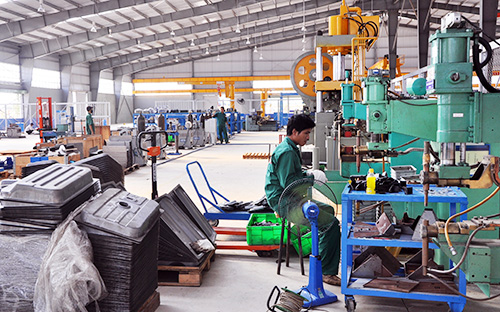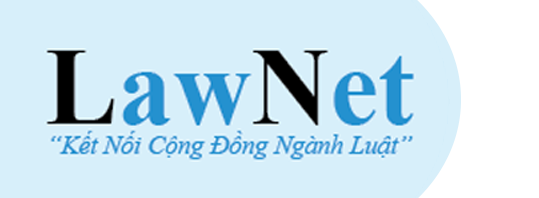Vietnam: Basic knowledge required for graduates of Mould fabrication, Level 4 of VQF
On December 28, 2018, the Ministry of Labour, Invalids and Social Affairs of Vietnam issued Circular 47/2018/TT-BLDTBXH on the minimum knowledge volume and required competencies for graduates from intermediate (Level 4 of VQF) and college (Level 5 of VQF) levels in mechanical engineering sectors.

Vietnam: Basic knowledge required for graduates of Mould fabrication, Level 4 of VQF - Illustrative Image
According to the regulation on the minimum knowledge volume and required competencies for graduates from intermediate and college levels in Mould fabrication issued together with Circular 47/2018/TT-BLDTBXH, the basic knowledge required for graduates of Mould fabrication, Level 4 of in Vietnam is specified as follows:
- Explain the signs, symbols, displayed images, related regulations on detailed drawings and assembly drawings, the differences between first and third-angle projection methods (E and A);
- Explain the utility, and operating principle of automatic control systems by electrical and electronic means, etc., in machine tools;
- Explain the utility and scope of use of basic 2D drawing - design software when processing molds;
- Explain the physical and mechanical properties of common materials used in mechanical engineering, mold-making materials, and methods of mechanical-thermal processing to increase mold durability;
- Explain the tolerance symbols on assembly drawings;
- Explain the calculations for deviations, tolerances, dimensions of details; clearances, overlaps, and tolerances of joints according to Vietnam Standard and ISO standards;
- Explain the physical and mechanical phenomena arising during processing: cutting, electrical discharge machining, forging, metal casting, plastic molding, rubber molding;
- Explain the utility, structure, working principle, measuring method, reading, calibration, and preservation of common measuring tools and equipment in the profession;
- Explain the utility, structure, working principle, working conditions, technical requirements of molds and mold parts;
- Analyze machining accuracy and methods to achieve machining accuracy;
- Analyze requirements, principles, and sequence of choosing standards; establish technological processes, and select fixtures and tools when processing and assembling molds;
- Explain the utility, structure, working principle, technical requirements, and technological capabilities of metal cutting machines, numerical control machine tools, and common equipment, tools, and fixtures in the profession;
- Explain the basic knowledge of politics, culture, society, law, national defense and security, and physical education as per regulations.
Details can be found in Circular 47/2018/TT-BLDTBXH effective from February 10, 2019.
Le Vy
- Number of deputy directors of departments in Vietnam in accordance with Decree 45/2025/ND-CP
- Cases ineligible for pardon in Vietnam in 2025
- Decree 50/2025 amending Decree 151/2017 on the management of public assets in Vietnam
- Circular 07/2025 amending Circular 02/2022 on the Law on Environmental Protection in Vietnam
- Adjustment to the organizational structure of the Ministry of Health of Vietnam: Certain agencies are no longer listed in the organizational structure
- Vietnam aims to welcome 22-23 million international tourists in Vietnam in 2025
-

- Number of deputy directors of departments in Vietnam ...
- 15:04, 05/03/2025
-

- Cases ineligible for pardon in Vietnam in 2025
- 14:43, 05/03/2025
-

- Decree 50/2025 amending Decree 151/2017 on the ...
- 12:00, 05/03/2025
-

- Circular 07/2025 amending Circular 02/2022 on ...
- 11:30, 05/03/2025
-

- Adjustment to the organizational structure of ...
- 10:34, 05/03/2025
-

- Notable new policies of Vietnam effective as of ...
- 16:26, 11/04/2025
-
.Medium.png)
- Notable documents of Vietnam in the previous week ...
- 16:21, 11/04/2025
-
.Medium.png)
- Notable documents of Vietnam in the previous week ...
- 16:11, 02/04/2025
-
.Medium.png)
- Notable new policies of Vietnam to be effective ...
- 16:04, 02/04/2025
-
.Medium.png)
- Notable new policies of Vietnam effective from ...
- 14:51, 21/03/2025
 Article table of contents
Article table of contents
